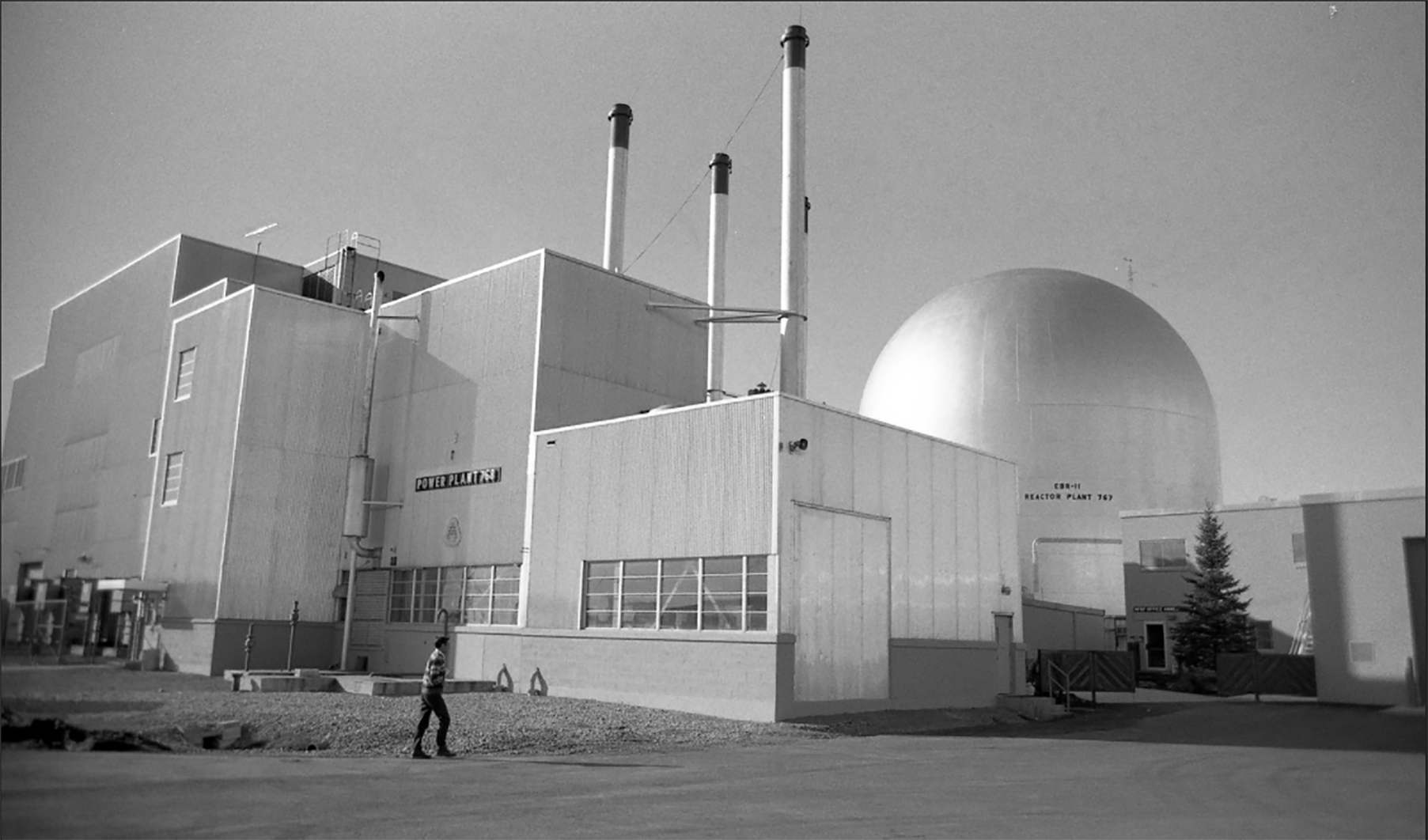The EBR-II sodium fast reactor at Idaho National Laboratory began operations in 1964 and generated electricity for decades. Soon it will serve as a National Reactor Innovation Center test bed for future advanced reactor demonstrations. (Source: ANL)
At the box office or streaming at home, it’s fear, not truth, that sells. The laws of physics are swept aside, apocalypse is inevitable, and superpowered heroes wait until the last possible second to save the universe. It can make for great entertainment, but in the real world we need to stick with science over science fiction and be wowed by engineering, not special effects.
The truth is, science and innovation are incredible in their own right. From communications and machine learning to space travel and medical advances, technology is evolving in hyperdrive to solve real problems. With climate change and global warming here on earth, we don’t have to go looking for trouble in a galaxy far, far away.
Operations personnel working above the Advanced Test Reactor on the reactor top area. The small cylindrical section in the center of the platform has access ports for refueling and experiment loading and unloading during routine outages. (Photo: INL)
The Advanced Test Reactor (ATR) at Idaho National Laboratory is getting an overhaul that will keep it off line for nine months. When the ATR is restarted in early 2022, the one-of-a-kind pressurized water test reactor—which is operated at low pressures and temperatures as a neutron source—will be ready for another decade or more of service, with the potential for more experimental capacity in years to come.



